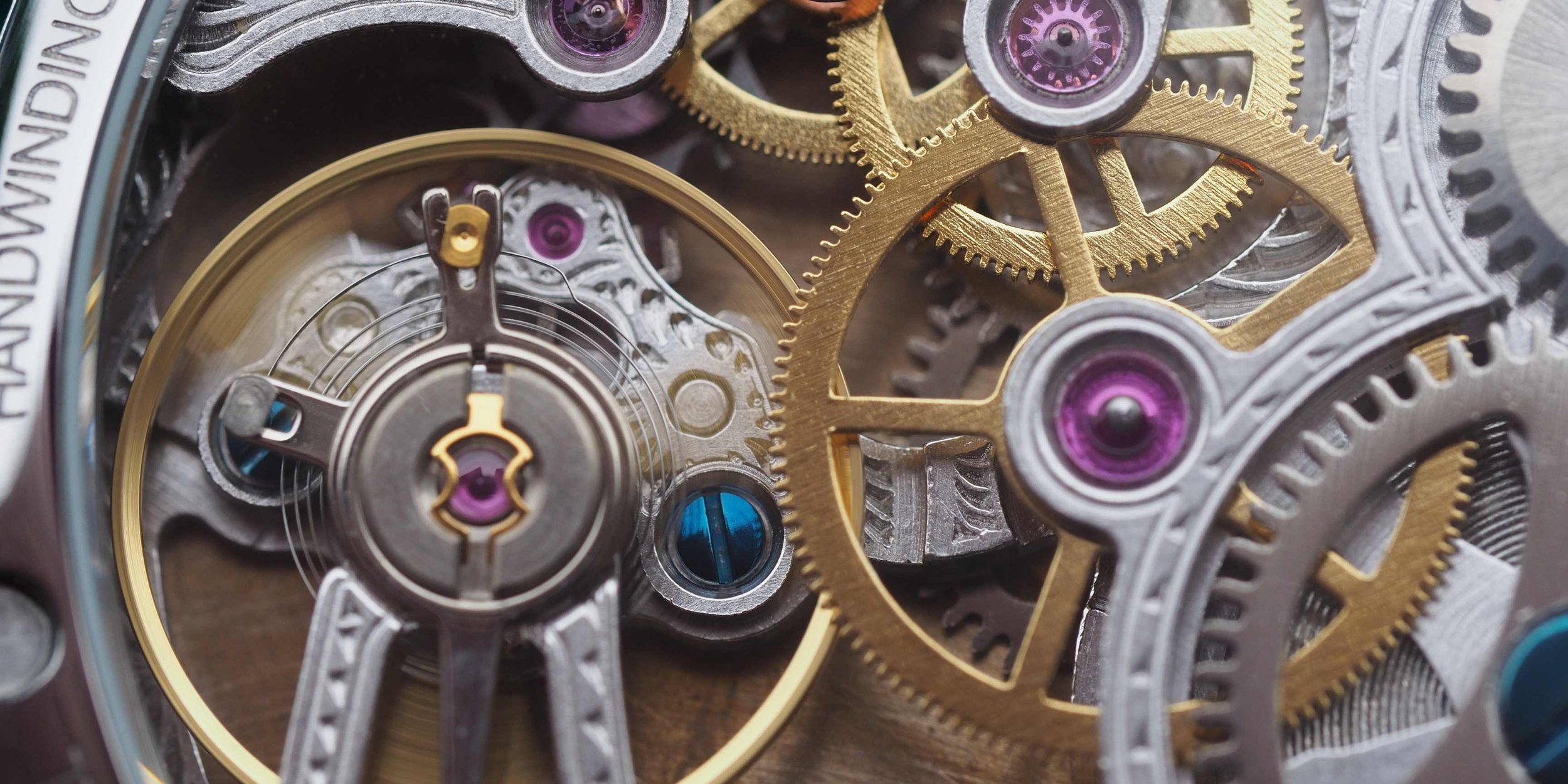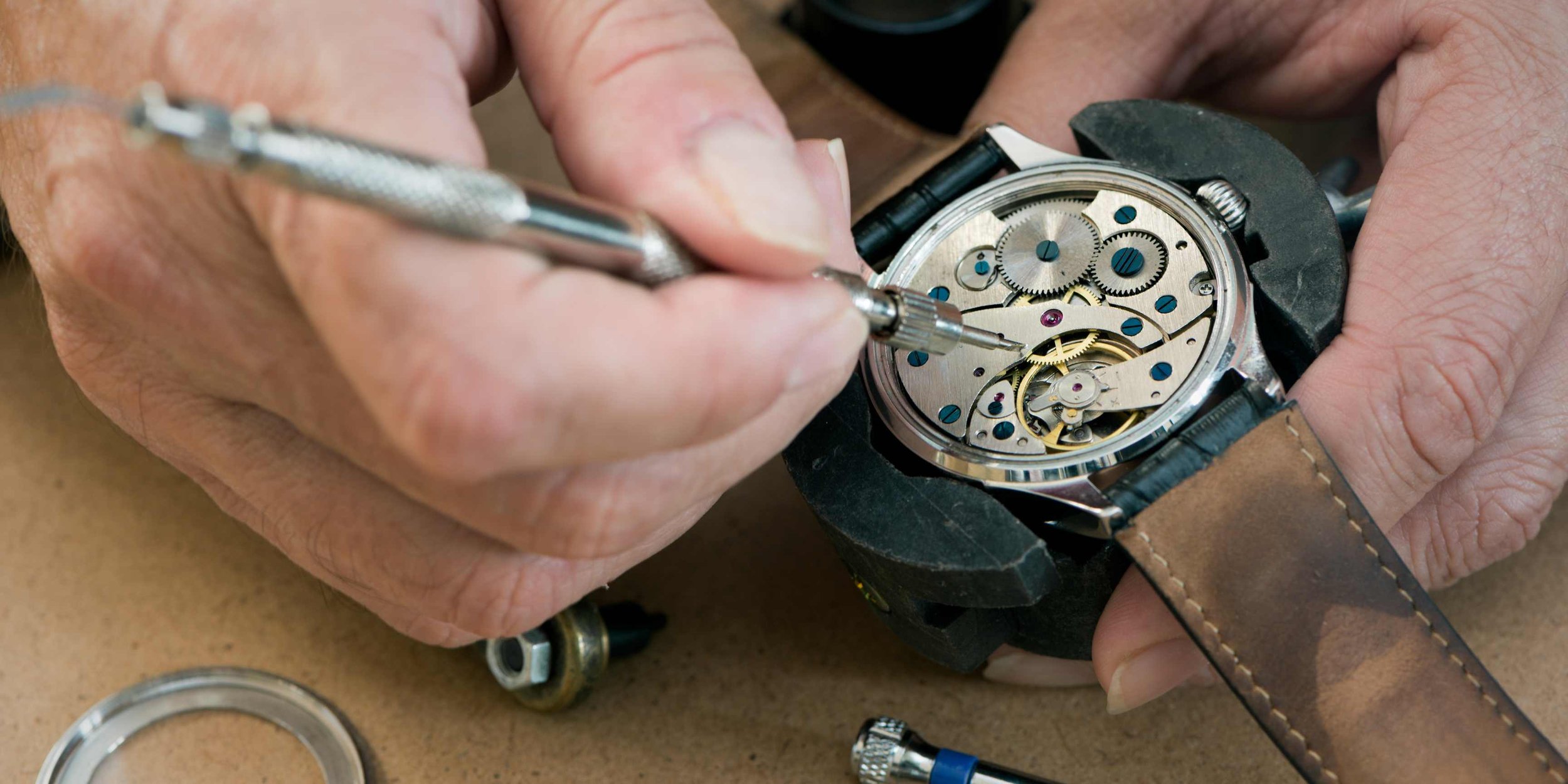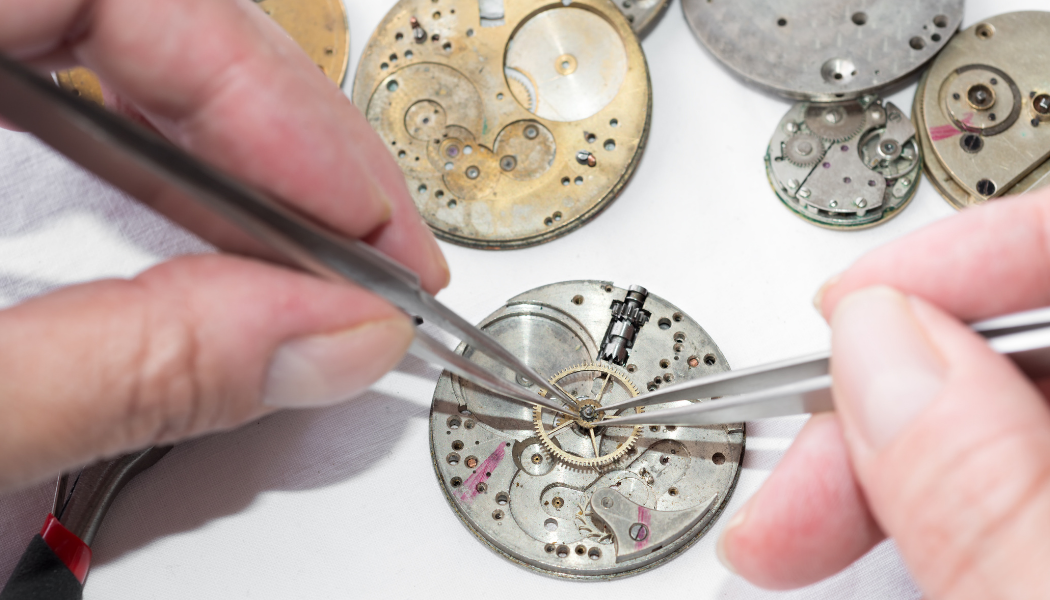What Causes a Mechanical Watch to Stop Working?
Last updated on the 23rd of April 2023 by Huxley Mann.
Mechanical watches are intricate and fascinating devices made up of hundreds of tiny components working together in perfect harmony to keep accurate time. Sadly when they go wrong, it can be rather tedious, which is what brings you here today. In this blog post, we'll explore common reasons why a mechanical watch stops working and how to prevent problems from occurring in the future.
What is a mechanical watch?
A mechanical watch is a type of timepiece that uses a complex system of gears, springs, and other components to keep time. Unlike quartz watches, which use a battery-powered electronic oscillator to regulate timekeeping, mechanical watches rely on purely mechanical processes to keep accurate time.
There are two main types of mechanical watches: manual and automatic.
Manual watches must be wound by hand using the crown, which tightens a mainspring inside the watch's movement. As the mainspring unwinds over time, it powers the movement's gears and other components to keep accurate time.
Automatic watches also known as self-winding watches, are similar to manual watches but have an additional mechanism that automatically winds the mainspring as you move your wrist throughout the day.
Why does a mechanical watch stop working?
Loosened screws
Regular motion of the hands can loosen the screws of your mechanical watch over time. The screws in a watch's movement hold various components in place, such as the balance wheel or pallet fork. If these screws become loose, it can cause these components to shift out of position or even fall out entirely.
Dirty or dry movement
A mechanical watch movement is a complex system of gears, springs, and other components that work together to keep accurate time. However, even the smallest amount of dust, dirt, or debris can cause significant problems for the movement. When the movement becomes dirty or dry, it can affect the lubrication between the components and cause friction, which can slow down or even stop the watch altogether.
In this instance, the best course of action is to have your mechanical watch serviced. The movement will be disassembled and all the components will be placed into a specialised ultrasonic cleaner with a gentle cleaning solution to remove any dirt or debris. After the different parts of your watch have been cleaned and dried, specialised oils will be applied to each component to reduce friction and prevent wear and tear thereafter.
At AMJ Watch Repair, we recommend servicing your watch every 2-3 years.
(Find out the telltale signs that your watch needs a service)
Overwinding
Winding a mechanical watch tightens the mainspring, storing power and keeping the timepiece operating. However, if you continue to wind the watch after the mainspring is fully wound, it can put excessive pressure on the delicate components inside the movement. As a result, overwinding can cause the mainspring to break or become permanently damaged. It can also put excessive strain on other parts of the movement, such as the gears and balance wheel, causing them to wear out more quickly.
How do I know if my mechanical watch is fully wound?
As you wind your watch, you'll eventually start to feel resistance to the crown, which is the signal to stop. It typically requires 20-30 full rotations of the crown to wind a mechanical watch fully.
Damaged balance wheel
The balance wheel is responsible for regulating the watch's speed and ensuring that it keeps accurate time. A damaged balance wheel can affect the oscillation amplitude, causing it to swing too wide or too narrow, resulting in inaccurate timekeeping or even causing the watch to stop running entirely. Additionally, damage to the balance staff or the pivot it sits on can cause excessive friction between parts, leading to increased wear and tear on other components in the movement.
Damaged escapement
The escapement consists of several parts: the escape wheel, pallet fork, and balance wheel. These components work together to regulate the movement of the watch's gears and hands. Unfortunately, over time, these parts can become worn or damaged due to friction and other factors.
When an escapement becomes worn out, it can no longer provide the necessary regulation of power - resulting in irregularities in the watch's timekeeping or even stopping it from running altogether.
Impact damage
Impact damage is one of the most common causes of mechanical watch failure. When subjected to sudden shocks or impacts, delicate parts within the movement can become damaged or misaligned, causing it to stop running.
The most common consequence of impact damage on a mechanical watch is a broken mainspring, responsible for powering the movement. This delicate component is prone to breaking or becoming crumpled when subjected to extreme tension from sudden impacts.
Watch damage
Even a small amount of water can cause significant damage to the delicate components inside a watch's movement. For example, water entering a mechanical watch can cause rust and corrosion on its internal components, affecting the watch's timekeeping accuracy or causing it to stop running altogether. Water can also affect the lubricants used within the movement, causing increased friction and excessive wear on its parts.
(We have a great blog post on what to do if your watch has been exposed to water or moisture)
Broken rotor
A rotor (also known as the oscillating weight) can be found in an automatic watch and is responsible for winding the mainspring, which powers the timepiece.
The rotor is a semi-circular weight mounted onto the movement. Whilst wearing your watch, as you move your wrist, the rotor swings through a full 360°. As the rotor spins around its axis, it creates a force transmitted through a series of gears that wind the mainspring, which supplies energy to power your watch.
A broken rotor can prevent the watch from winding the mainspring properly, causing the watch to stop running prematurely or run erratically.
A damaged rotor can also cause an unbalanced weight distribution as it rotates on its axis, which places undue stress on other parts of the movement and can lead to excessive wear and tear.
Mechanical watch repair
If your mechanical watch has stopped working or needs some TLC, don't hesitate to contact the experts at AMJ Watch Repair. From vintage to modern luxury timepieces, our team of highly skilled watchmakers have years of experience repairing and servicing a wide range of mechanical watches.
We only use genuine watch parts and the latest tools and equipment to bring your watch back to life. So contact us today for a no-obligation quote! You're welcome to drop into our watch repair shop, or why not send us your watch in the post?




